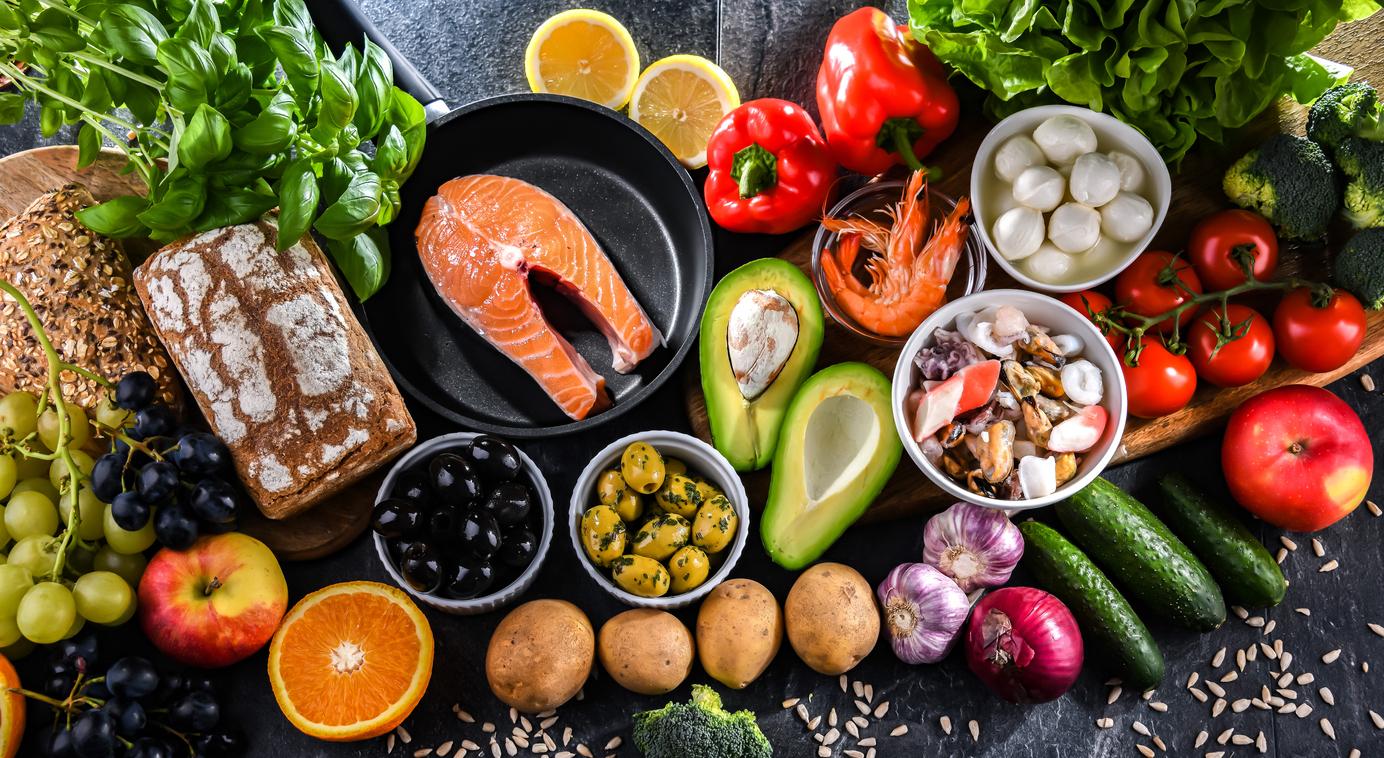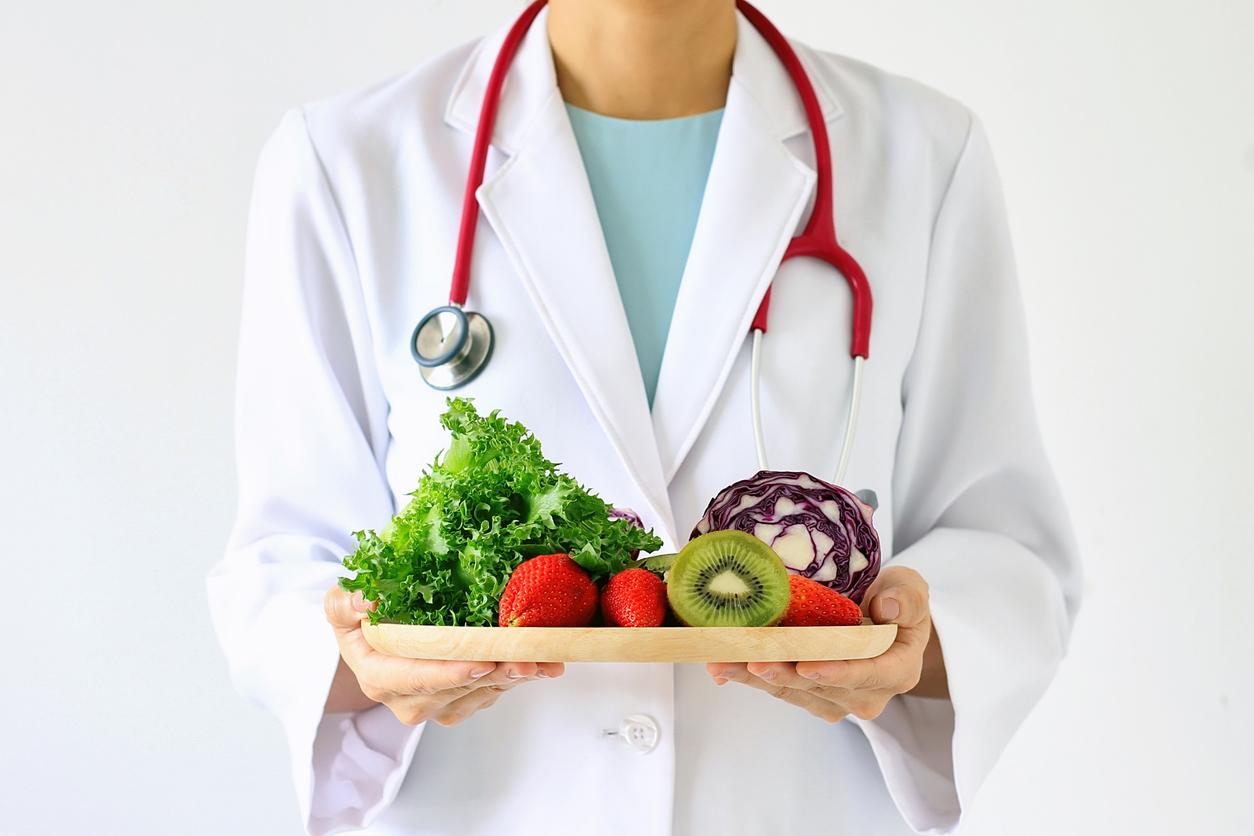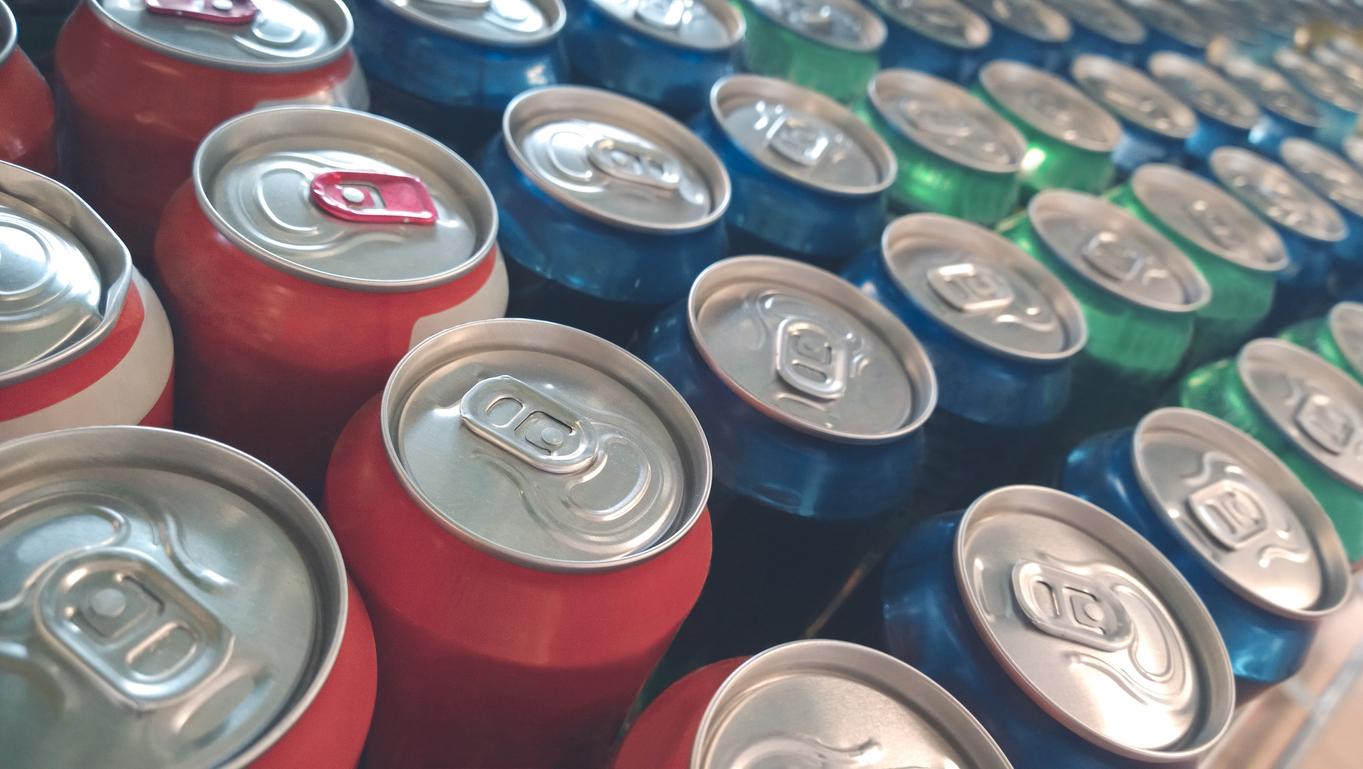80% of our food consumption are products processed by the food industry. How do manufacturers manage to make us addicted to artificial foods? What risks do we run from consuming them?

Confectionery, nuggets, burgers, soft drinks, frozen ready meals … processed foods are those that are not found in nature. Manufactured by the food industry, they are an integral part of our daily consumption. Dr Anthony Fardet, researcher in preventive and holistic nutrition, defines them as products “which we cannot even recognize the natural origin so much (their) matrix is modified”.
Saccording to a report INSEE, the share of these ultra-processed meat, fish and vegetable products has more than doubled in recent years, reaching 41% in 2006 in France, to the detriment of products requiring more personal preparation. Today, it represents 80% of our food consumption. The success of these products lies mainly in the fact that they are inexpensive and easy to consume. A significant advantage in a busy society obsessed with deadlines, saving time and instant results. Today, ultra-processed foods contribute more than half of the energy intake of France, Germany, Spain, the United States and the United Kingdom.
Consumption of ultra-processed foods and risk of #Cancer : 1 first study which alerts but which must be confirmed by other investigations https://t.co/6CfvYUSCIN pic.twitter.com/ZaHJeAvuBl
– Inserm (@Inserm) Feb. 15, 2018
Addition of salt, sugar, preservatives, fats, many additives (sodium nitrite, titanium dioxide, etc.): all these components nevertheless alter or even destroy the nutritional qualities of foods produced by the agro-industry. food. So how do you explain this phenomenon?
The balance of salt, sugar and fat
In his book Sugar, salt and fats, how industrialists make us addicted, the American journalist Michael Moss (winner of the Pulitzer Prize) affirms that the success of manufacturers lies in the balance of added products. Properly dosing sugar, salt and fat would increase the pleasure of the taste buds. “These processed foods act on certain areas of the brain, in a perverse way: when we eat them, they activate the regions of the brain linked to reward and pleasure,” he explains.
“They are designed to trigger immediate pleasure, and their structure – often they are chewed less than raw products – little stimulates the satiety hormone: result we can eat endless”, also explains Dr. Anthony Fardet, in his book Stop ultra-processed products, let’s eat real!.
The food industry coined the term bliss point (point of happiness, intense happiness) to designate the maximum level of sweetness, the one that will make consumers addicted and increase sales. In an interview with Lyon Capital, Michael Moss says: “If you ask me if the food industry can make healthier food, I think so, as long as they put their best scientists there and people are willing to buy them. Because Wall Street will be there, waiting for the sales figures: if healthier products do not sell well, Wall Street will urge companies to resume their less healthy versions. However, the majority of current chronic diseases and cancers result from this so-called “processed” diet.
Processed foods, parents of many diseases
Last February, uborn new study, carried out in France (NutriNet-Santé cohort), associating researchers from Inserm, Inra and the University of Paris 13 and published in the British Medical Journal suggested that consuming so-called “ultra-processed” foods increases the increased risk of cancer. A 10% increase in the proportion of ultra-processed foods in the diet is associated with a 6-18% increase in the risk of developing cancer in general and a 2-22% increase in the risk of breast cancer. More specifically, “ultra-processed fats and sauces and sugary products and drinks are associated with an increased risk of cancer overall, and ultra-processed sweet products were associated with a risk of breast cancer,” according to the authors.
According to Dr Anthony Fardet, “We must realize that the explosion of chronic diseases in Western countries has been concomitant with the massive arrival of ultra-processed foods in supermarkets since the 1980s”. In short, the visual aspect of these products would be worked to appeal to consumers. “Industries are looking to restore ultra-processed foods to a taste and color lost in the destructuring process. This is part of the reason why they are packed with additives.” But this is probably not the only cause: the addition of substances, some of which are toxic (sodium nitrite, titanium dioxide, etc.), packaging which can release toxic substances (bisphenol A in plastic packaging. ..) and the modification of the intestinal flora, the microbiota, are probably involved in these problems.
What are these so-called “ultra-processed” foods?
The “ultra-processed” category of the international Nova classification includes: sweets, desserts, ready meals, aperitif cakes, sugary drinks, processed meats such as dumplings or nuggets, industrial soups, pasta or still frozen meals. Basically, all products processed with the addition of a preservative that is not salt (nitrites …). According to the Nova classification (recognized by the FAO and the Pan American Health Organization) which lists foods according to their degree of industrial processing, they are all ultra-processed.
Also included in this category are spreads, cakes, energy bars, sausages, reconstituted fish, certain brands of cereals, fruit drinks, fruit yogurts, hamburgers, hot dogs, packaged breads, margarine or even infant formulas (small jars, mash, etc.).
The intestinal microbiota also disturbed by these foods
Where does the feeling of satiety that overwhelms us after a good meal come from? From our brain or from our stomach? In fact, both. Via a protein secreted by certain intestinal bacteria, such as leptin, which transmits the message from the intestine to the brain. This discovery, made by Inserm researchers, was published in the prestigious journal Cell Metabolism.
In rats and mice, researchers found that 20 minutes after a meal, the bacteria Escherichia Coli, bacteria that all humans naturally have in their intestines, synthesize proteins called ClpB. The 20 minute interval appears to be the time it takes for a person to reach fullness. This molecule is also capable of crossing the intestinal wall, and therefore of reaching the bloodstream. The proteins secreted by the intestinal microbiota can therefore act on food intake in the same way as the satietogenic hormones which are already well known. increasing the proportion of ultra-processed products in the diet increases the amount of sugars and fats and decreases that of fiber, which profoundly transforms our microbiota and disrupts its normal functioning.
In the end, Dr. Fardet advises not to consume more than two servings of ultra-processed foods per day: “I am not fiercely opposed to it. Simply, I think that we must be aware that we must above all not abuse it at the risk of falling victim to various chronic ailments “. Nutriscore is all the more necessary, but certainly not enough.

.

















